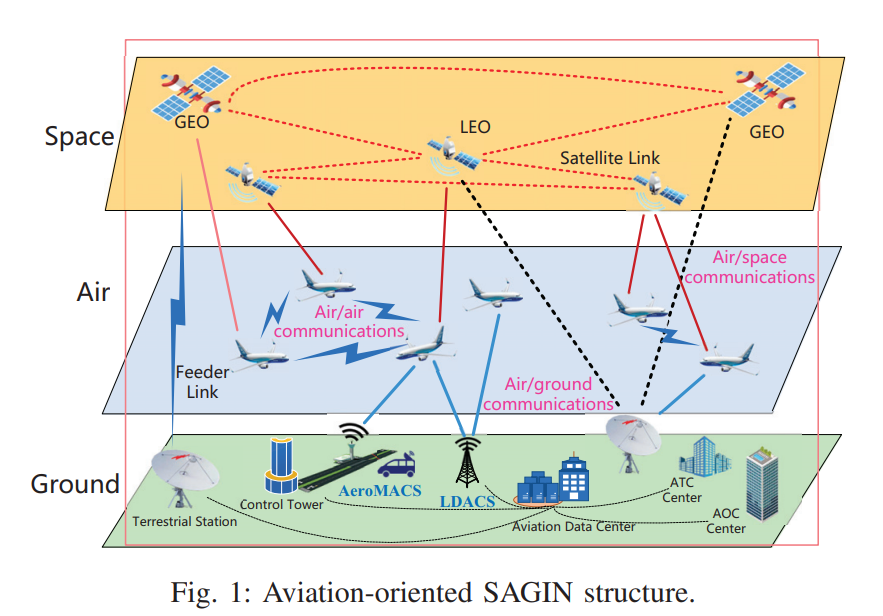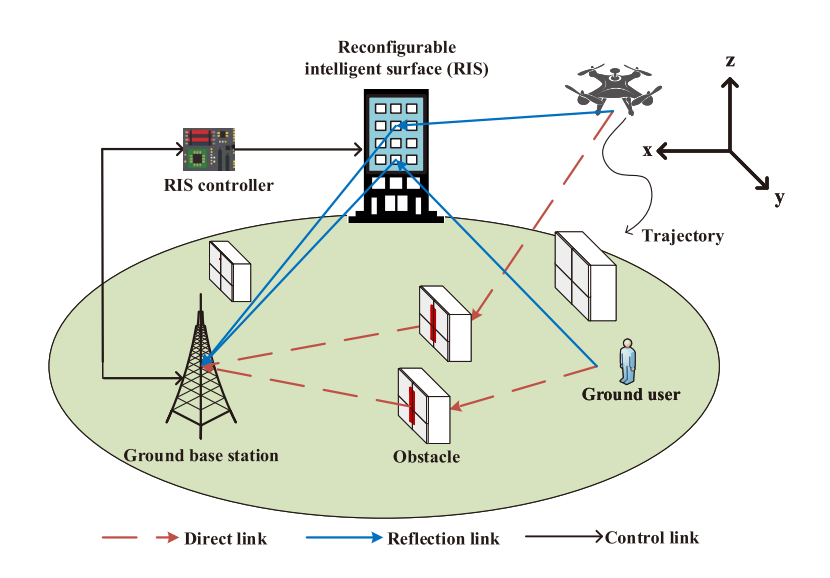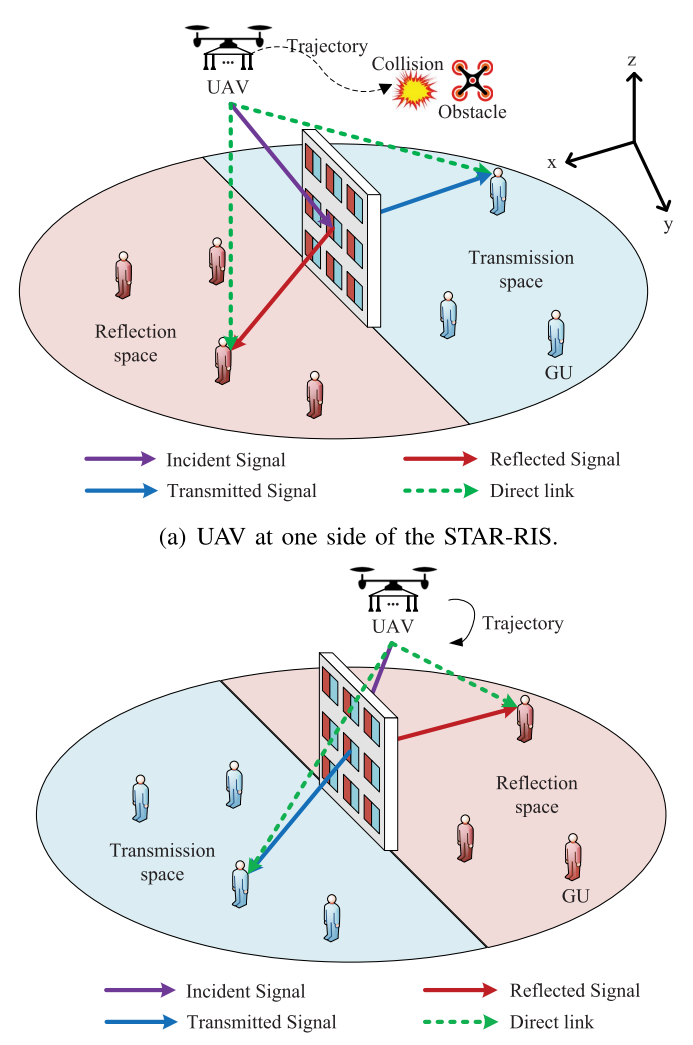澳门一码一码100准确,有意申请本课题组硕士、博士的同学请直接发邮件至[email protected]。
1.空天地一体化航空多天线通信

To provide seamless coverage during all flight phases, aeronautical communications systems (ACS) have to integrate space-based, air-based, as well as ground-based platforms to formulate aviation-oriented space-air-ground integrated networks (SAGINs). In continental areas, L-band aeronautical broadband communications (ABC) are gaining popularity for supporting air traffic management (ATM) modernization. However, L-band ABC faces the challenges of spectrum congestion and severe interference due to the legacy systems. To circumvent these, we propose a novel multiple-antenna aided L-band ABC paradigm to tackle the key issues of reliable and high-rate air-to-ground (A2G) transmissions. Specifically, we first introduce the development roadmap of the ABC. Furthermore, we discuss the peculiarities of the L-band ABC propagation environment and the distinctive challenges of the associated multiple-antenna techniques. To overcome these challenges, we propose an advanced multiple-antenna assisted L-band ABC paradigm from the perspective of channel estimation, reliable transmission, and multiple access. Finally, we shed light on the compelling research directions of the aviation component of SAGINs.
2.智能超表面辅助地空通信
(1)智能超表面辅助地空NOMA通信

A reconfigurable intelligent surface (RIS) aided air-to-ground uplink non-orthogonal transmission framework is investigated for next generation multiple access. Occupying the same spectrum resource, unmanned aerial vehicle (UAV) users and ground users (GUs) are connected to terrestrial cellular networks via the uplink non-orthogonal multiple access (NOMA) protocol. As the flight safety is important for employing UAVs in civil airspace, the collision avoidance mechanism has to be considered during the flight. Therefore, a joint optimization problem of the UAV trajectory design, RIS configuration, and uploading power control is formulated for maximizing the network sum rate, while ensuring the UAV’s fight safety and satisfying the minimum data rate requirements of both the UAV and GU. The resultant problem is a sequential decision making one across multiple coherent time slots. Besides, the unknown locations of obstacles bring uncertainties into the decision making process. To tackle this challenging problem, a sample-efficient deep reinforcement learning (DRL) algorithm is proposed to optimize the UAV trajectory, RIS configuration, and power control simultaneously. Moreover, considering the ambiguous uncertainties in the environment, a distributionally robust DRL algorithm is further proposed to provide the worst-case performance guarantee. Numerical results demonstrate that the two proposed DRL algorithms outperform the conventional ones in terms of learning efficiency and robustness. It is also shown that the network sum rate is significantly improved by the proposed RIS-NOMA scheme compared to the conventional RIS-orthogonal multiple access (OMA) scheme and the case where no RIS is deployed.
(2)混合反射-透射智能超表面辅助地空通信
 澳门天天彩期期精准龙门客栈
澳门天天彩期期精准龙门客栈
A novel air-to-ground communication paradigm is conceived, where an unmanned aerial vehicle (UAV)-mounted base station (BS) equipped with multiple antennas sends information to multiple ground users (GUs) with the aid of a simultaneously transmitting and reflecting reconfigurable intelligent surface (STAR-RIS). In contrast to the conventional RIS whose main function is to reflect incident signals, the STAR-RIS is capable of both transmitting and reflecting the impinging signals from either side of the surface, thereby leading to full-space 360 degree coverage. However, the transmissive and reflective capabilities of the STAR-RIS require more complex transmission/reflection coefficient design. Therefore, in this work, a sum-rate maximization problem is formulated for the joint optimization of the UAV’s trajectory, the active beamforming at the UAV, and the passive transmission/reflection beamforming at the STAR-RIS2024新澳天天开奖资料大全最新. This cutting-edge optimization problem is also subject to the UAV’s flight safety, to the maximum flight duration constraint, as well as to the GUs’ minimum data rate requirements. Given the unknown locations of obstacles prior to the UAV’s flight, we provide an online decision making framework employing reinforcement learning (RL) to simultaneously adjust both the UAV’s trajectory as well as the active and passive beamformer. To enhance the system’s robustness against the associated uncertainties caused by limited sampling of the environment, a novel “distributionally-robust” RL (DRRL) algorithm is proposed for offering an adequate worst-case performance guarantee. Our numerical results unveil that: 1) the STAR-RIS assisted UAV communications benefit from significant sum-rate gain over the conventional reflecting-only RIS; and 2) the proposed DRRL algorithm achieves both more stable and more robust performance than the state-of-the-art RL algorithms.
IEEE Member
Reviewer for IEEE JSAC/TWC/TCOM/CL/WCL